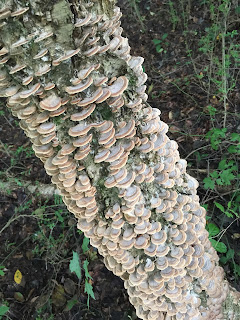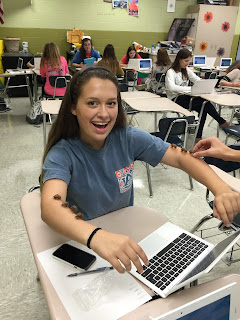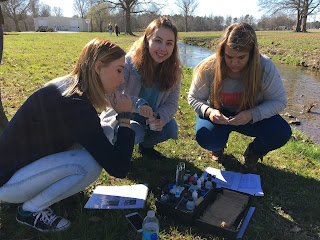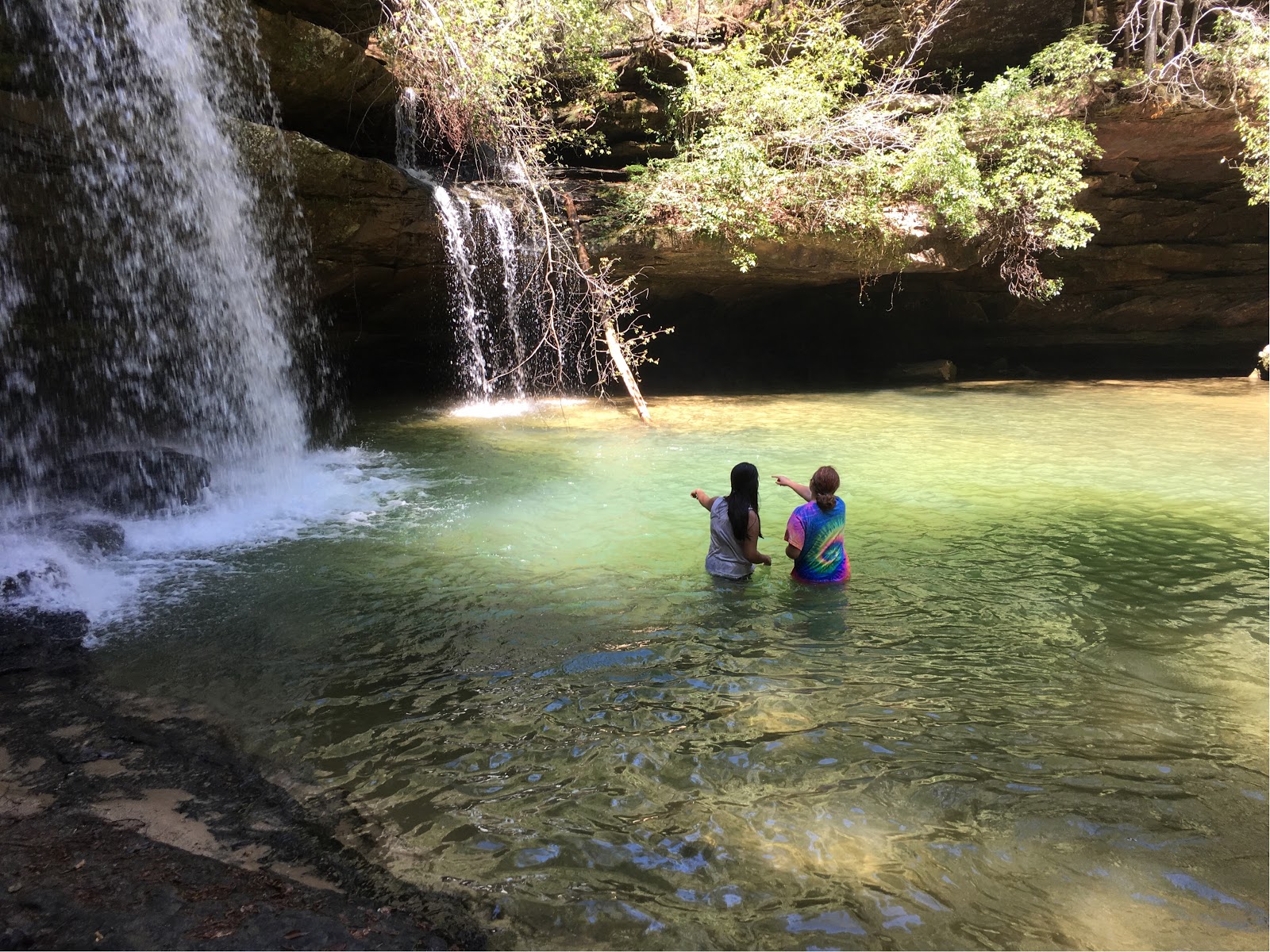Exploring Alabama's Amazon
Alabama is seriously underappreciated.
Seriously.
#1 in freshwater biodiversity
#1 in carnivorous plants
#1 in species of crayfish
#1 in species of mussels
That's just off the top of my head. There's way more.
So when we started an Alabama-based nature studies enrichment program at school this year for a group of kids who had mostly never even been camping before, we had lots to do!
We listened to cicadas and examined their life cycles. The kids got over the "ick" factor and stuck the shells all over their faces and clothing.
We studied bats and visited Sauta Cave at nightfall to see 400,000 bats emerge (armed with ponchos and umbrellas to protect us from the poop).
We learned to identify poison ivy and the kids wrote songs about how to spot it.
We learned to read maps and to use a compass, made pacing beads and learned to use the sky to navigate.
We learned what to do if you get lost in the woods. The students made informational survival videos.
We made shadow sticks. I introduced them to geocaching.
We got iNaturalist accounts and logged the plants and critters around the school.
We made biome bottles.
We watched several gulf fritillary butterflies move through their life cycles.
We dissected owl pellets and tried to reconstruct the skeletons that we found inside of them.
We used an Enviroscape model to learn about point and non point source pollution.
We learned to identify common benthic macroinvertebrates and to group them into categories according to their pollution tolerances.
We learned to identify scat and tracks. We even had realistic fake poop, and the students had to recreate it with clay.
We flew kites.
We looked at EVERYTHING through eye loupes.
16 students became certified Alabama Water Watch water chemistry and stream biomonitoring volunteers. A grant from PPG gave us a testing kit that they can check out, plus money for us to go to Bankhead National Forest to practice stream biomonitoring and for a group to camp at DeSoto State Park and learn to weave longleaf pine baskets.
We studied the biodiversity of the Mobile-Tensaw Delta and created informational posters that will be displayed in the community.
We participated in University of Oklahoma's "What's in Your Backyard?" citizen science project.
...And we barely scratched the surface. So now we need a bigger plan. Stay tuned.



































































































































































Comments
Post a Comment